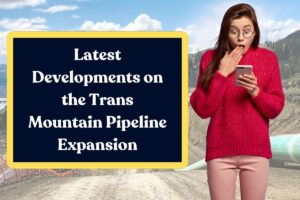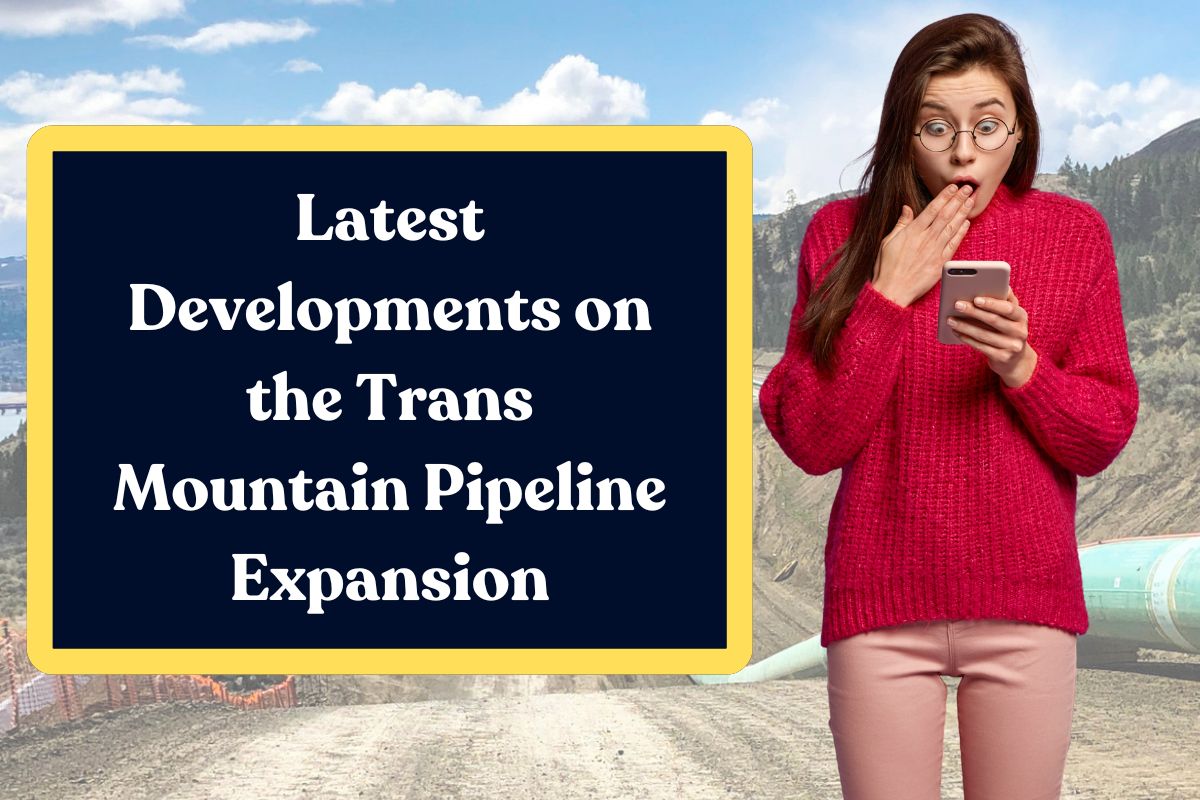Owned by Canadian Company Enbridge Inc., Line 5 Pipeline is a 71-year-old pipeline that is constructed at the heart of the Great Lakes. The officials have been maintaining the line for years. Despite that, there are certain issues with Line 5. Discussing the output, it gave nearly 23 million gallons of oil to various regions. This fulfills the energy requirements of the public.

However, the environmental risk from the pipeline cannot be ignored, as it is a matter of millions of people. Though the company is managing the pipeline, at least 30 spills have been reported since 1968. This leaked over 1.1 million gallons of oil, largely impacting the water bodies and the human population.
This article is a comprehensive guide regarding the Line 5 Pipeline Conflict. The different sections will discuss the ongoing disputes over the oil and natural gas pipeline.

What is Line 5?
The Canadian company Enbridge built this pipeline in 1953 with a length of 1038 km. The route to carry the oil and natural gas liquids is from Wisconsin, which is across Michigan and into Ontario, Canada. This pipeline runs underwater through the Straits of Mackinac which connects two lakes: Michigan and Huron. Nearly 40 million people are dependent on the pipeline for fresh water.
The environmentalists are concerned that the pipeline might affect the quality of water. While Enbridge has assured that it has maintained the quality standards, the current dispute is regarding the oil spill into the water source.

Environmental Concerns
The Great Lakes advocacy groups view the pipeline as a ticking bomb, specifically for tribal people. The critics mention the impact of an oil spill and lead to long-term ecological damage to freshwater resources. Actually, the pipeline was constructed in the 1950s without tribal consent, which is now highlighting the injustice to those individuals.
Now, the costs for such maintenance are challenging due to strong & shifting currents. This could cost billions of dollars because fishing activities, tourism, and municipal water supply are linked. Many critics argue that relying on fossil fuels can be carbon-intensive. There is a huge risk of spills, which will directly impact the climate. As of 2025, Enbridge must take permission from tribal groups for any further construction. The company has to make people understand the pros and cons.

Canadian Government and Enbridge’s Statement
In response to the critics, the Government and the company have ensured the economic and overall well-being. The officials mentioned that they had already taken care of the possibilities for the adverse effects of oil spills and hence the pipeline was constructed. Enbridge highlights its operating and administrative spending totaling $166 million, looking forward to the local economic benefit.
Legal and Political Battles for Line 5
The powerful matter is Michigan’s efforts to shut down Line 5. Governor Gretchen Whitmer and Attorney General Dana Nessel have taken legal action regarding the oil spills. They mention that this issue violates state public nuisance and environmental laws. Enbridge has moved these concerns into the court, mentioning that the pipeline follows the Pipeline Safety Act, as mentioned by the Federal Government.

In June 2025, the court heard Enbridge’s appeal. The legal arguments were heard by the lawmakers, but the favor was given to Enbridge. Despite the court’s involvement, the legal battles are continuing on leading to a more complex scenario regarding the Line 5 matter.
Federal Review
Enbridge is planning to build a tunnel beneath the Straits of Mackinac, which costs around $1 billion. This is to eliminate the risk of an oil spill in the open water. Though this project itself comprises a lot of hurdles, the Federal government reviewed in detail for this long-term strategy. The environmental review for the tunnel project stated in May 2025 that the construction has challenges.
There could be an adverse effect on the water, as there is a lack of consideration for climate impacts. However, under Trump’s administration, it was declared to be a state of emergency, and the project was stopped. This is due to the fear of environmental risks, and tribal groups who have a dependency on fresh water.
What is the Future of North American Energy?
Besides the aspects of criticism, the Line 5 debate is also about a wider discussion of the future energy source for North America. Considering the future outlook of the pipeline, there is scope for better renewable energy sources and profits for the public. There will be improved energy efficiency as better policies and technologies will be implemented. This will ensure that the energy is consumed in a better way.
A robust discussion is going on for the development of an alternate transportation method. This step is to sophisticate the logistical challenges which the region is presently facing. Rail or trucks would be effective on the route to transfer the resources. This could serve millions of people without any danger. The company is working to improve the condition of the Tribal population who are staying near the freshwater. The environmental concerns are kept in mind for future construction.
The advocacy groups of the Great Lakes have a primary focus on protecting the freshwater ecosystem to prioritize environmental protection. The past energy practices will be replaced with new policies as an upgrade. The final aspect of the discussion is that if the renewable resources are used promptly and proper strategies are implemented, then there will be no concern.






